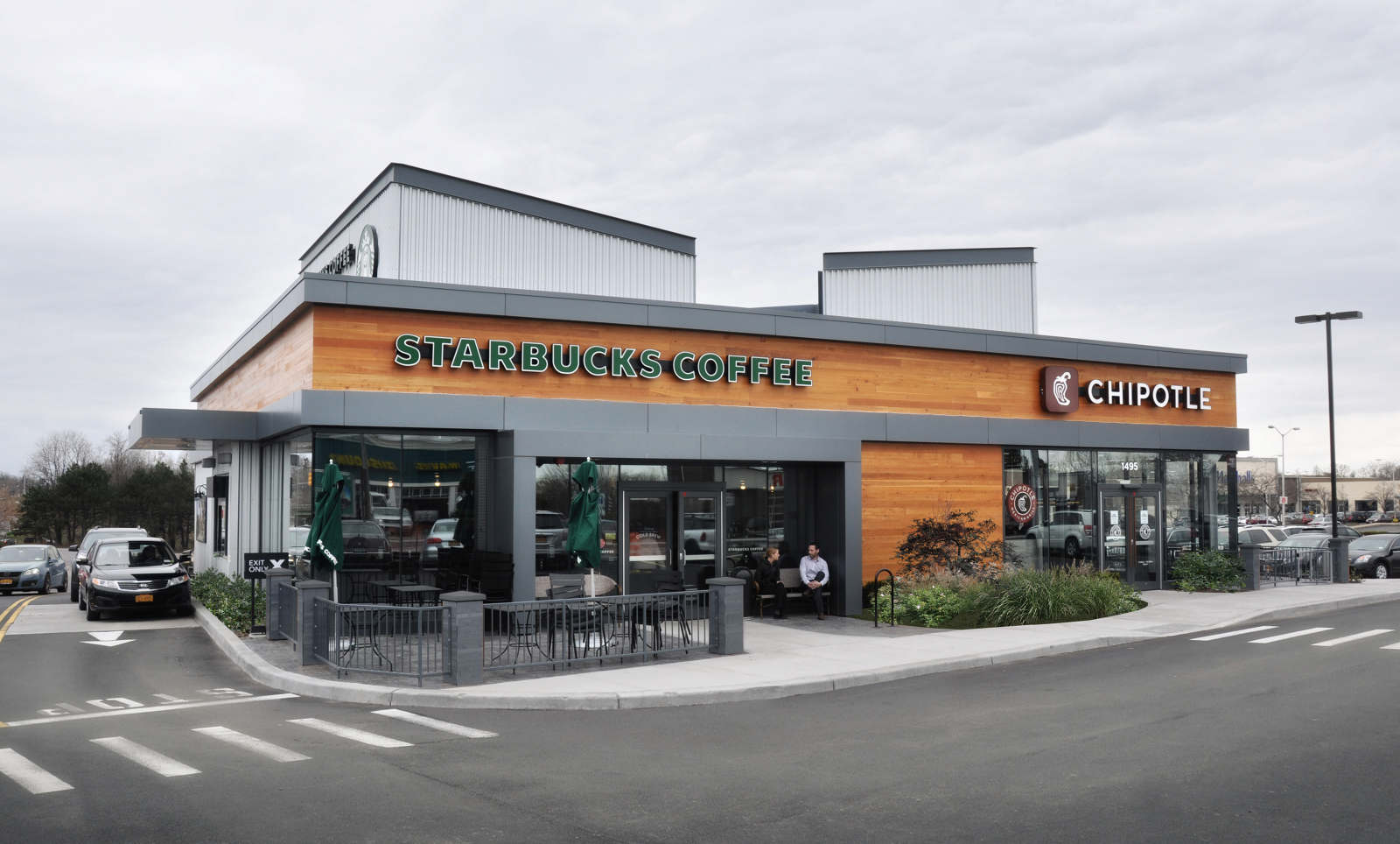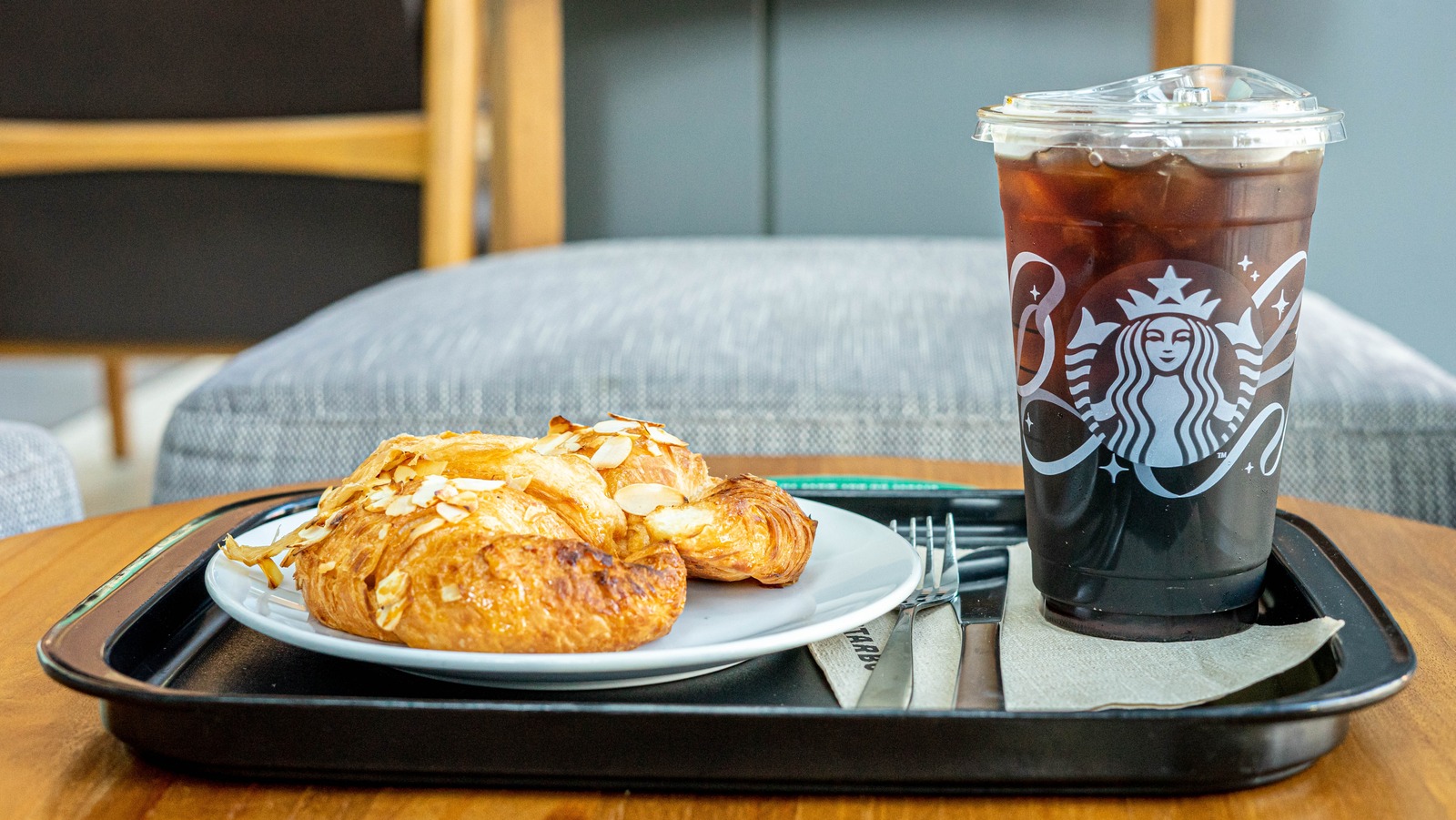The Starbucks and Chipotle Customer Base: Starbucks Chipotle

The customer bases of Starbucks and Chipotle, two iconic brands in the food and beverage industry, share some similarities but also exhibit distinct characteristics. Understanding the demographics, psychographics, spending habits, and preferences of these customer groups is crucial for both companies to effectively target their marketing efforts and ensure continued success.
Demographics and Psychographics
The demographics and psychographics of Starbucks and Chipotle customers provide insights into their backgrounds, lifestyles, and values.
Starbucks Customer Base
- Demographics: Starbucks customers tend to be younger, with a higher concentration in the 18-34 age group. They are more likely to be female, have a higher education level, and reside in urban areas.
- Psychographics: Starbucks customers are often described as health-conscious, environmentally aware, and value convenience and quality. They are also likely to be active on social media and embrace the “third place” concept, seeking a space outside home and work for socializing and relaxation.
Chipotle Customer Base
- Demographics: Chipotle customers tend to be slightly older than Starbucks customers, with a higher concentration in the 25-44 age group. They are more likely to be male, have a higher income, and reside in suburban areas.
- Psychographics: Chipotle customers are often described as health-conscious, environmentally aware, and value fresh, high-quality ingredients. They are also likely to be tech-savvy, appreciate transparency in food sourcing, and prioritize sustainability.
Spending Habits and Preferences
The spending habits and preferences of Starbucks and Chipotle customers reveal their willingness to pay for specific products and services.
Starbucks Customer Base
- Spending Habits: Starbucks customers are known for their high frequency of visits and are willing to spend a premium on their coffee and other beverages. They also tend to purchase a variety of items, including pastries, sandwiches, and merchandise.
- Preferences: Starbucks customers have a strong preference for customized drinks and personalized experiences. They value the brand’s commitment to sustainability and ethical sourcing practices.
Chipotle Customer Base
- Spending Habits: Chipotle customers are typically price-conscious and value affordability. They are also willing to spend more for fresh, high-quality ingredients and customizable meal options.
- Preferences: Chipotle customers prioritize fresh, healthy ingredients and have a strong preference for customizable meals. They are also drawn to the brand’s commitment to transparency and sustainability.
Potential for Overlap
Despite some differences, there is a significant potential for overlap between the Starbucks and Chipotle customer bases. Both brands cater to a health-conscious, environmentally aware demographic that values quality and convenience.
Shared Customer Segments
- Young Professionals: This segment is characterized by individuals in their 20s and 30s who are career-driven, health-conscious, and value convenience. They are likely to be frequent visitors of both Starbucks and Chipotle.
- Millennials: Millennials are a generation known for their tech-savviness, social responsibility, and desire for personalized experiences. They are also a key demographic for both Starbucks and Chipotle.
Menu and Product Offerings

Starbucks and Chipotle offer distinct menu items catering to different consumer needs and preferences. Analyzing their core offerings and exploring potential collaborations can reveal opportunities for growth and innovation.
Core Menu Items
Starbucks is known for its diverse coffee offerings, including espresso drinks, brewed coffee, tea, and Frappuccinos. They also offer pastries, sandwiches, and salads. Chipotle, on the other hand, focuses on customizable burritos, bowls, salads, and tacos. Their menu revolves around fresh ingredients, including meats, rice, beans, salsas, and guacamole.
Opportunities for Cross-Promotion and Collaboration
The complementary nature of their menus allows for potential cross-promotion and collaboration on new menu items.
Cross-Promotion Examples
- Starbucks could offer Chipotle-inspired breakfast burritos or bowls, featuring their signature ingredients.
- Chipotle could introduce coffee and tea options from Starbucks, providing customers with a complete meal experience.
Collaborative Menu Items
- Starbucks could create a limited-edition Frappuccino inspired by Chipotle’s signature flavors, like cilantro-lime or smoky adobo.
- Chipotle could develop a special burrito or bowl featuring Starbucks’ coffee beans or chocolate.
Joint Brand Offering or Loyalty Program
The possibility of a joint brand offering or loyalty program could be explored, leveraging the combined customer base and brand recognition.
Joint Brand Offering
- A co-branded store offering both Starbucks and Chipotle menu items could cater to a wider audience and increase customer traffic.
- A joint delivery service could streamline ordering and provide a convenient option for customers.
Joint Loyalty Program
- A shared loyalty program could offer customers rewards for purchases at both Starbucks and Chipotle, encouraging frequent visits and cross-brand engagement.
- Customers could earn points towards free items or discounts on purchases at either brand, increasing customer retention and loyalty.
Competitive Landscape and Market Trends

Starbucks and Chipotle operate in highly competitive markets, facing numerous challenges and opportunities. The coffee and fast-casual restaurant industries are constantly evolving, driven by consumer preferences, technological advancements, and economic factors.
Competition in the Coffee Industry
The coffee industry is dominated by large global players like Starbucks, but it also features numerous smaller regional and local chains, independent coffee shops, and specialty roasters. Starbucks’ primary competitors include:
- Dunkin’ Donuts: A major competitor with a strong presence in the US and a focus on value-oriented coffee and donuts.
- McDonald’s: The world’s largest fast-food chain, offering coffee through its McCafé line.
- Tim Hortons: A Canadian coffee and donut chain with a growing presence in the US.
- Peet’s Coffee: A premium coffee roaster and retailer with a focus on high-quality beans and brewing methods.
- Local Coffee Shops: These independent shops offer a unique experience and often focus on specialty coffee and local sourcing.
Starbucks faces competition from various angles, including price, product offerings, and customer experience. Dunkin’ Donuts offers value-oriented coffee, while McDonald’s leverages its extensive reach and brand recognition. Tim Hortons caters to a specific customer base with its Canadian heritage and menu. Peet’s Coffee competes on the basis of quality and specialty coffee offerings. Local coffee shops provide a unique and personalized experience, often focusing on sustainability and community engagement.
Competition in the Fast-Casual Restaurant Industry
Chipotle faces competition from a diverse range of fast-casual restaurant chains, each with its own niche and target audience. Its main competitors include:
- Qdoba: A fast-casual Mexican grill chain known for its customizable burritos, bowls, and salads.
- Moe’s Southwest Grill: A fast-casual chain specializing in customizable burritos, quesadillas, and tacos.
- Panera Bread: A bakery-cafe chain offering a wide range of sandwiches, salads, soups, and baked goods.
- Subway: A global fast-food chain specializing in customizable sandwiches and salads.
- Shake Shack: A fast-casual chain specializing in burgers, fries, and shakes.
Chipotle competes on the basis of its focus on fresh ingredients, customizable menu, and commitment to sustainability. Qdoba and Moe’s Southwest Grill offer similar Mexican-inspired cuisine, while Panera Bread competes with its diverse menu and bakery offerings. Subway and Shake Shack cater to different segments of the fast-casual market with their respective specialties.
Trends in the Food and Beverage Industry
The food and beverage industry is constantly evolving, driven by several key trends that impact both Starbucks and Chipotle:
- Health and Wellness: Consumers are increasingly prioritizing health and wellness, demanding food options that are nutritious, organic, and free from artificial ingredients. This trend benefits both brands, as Starbucks offers healthier options like oatmeal and fruit cups, while Chipotle emphasizes its use of fresh, natural ingredients.
- Sustainability: Sustainability is becoming a key consideration for consumers, who are increasingly interested in supporting brands that prioritize environmental and social responsibility. Both Starbucks and Chipotle have made strides in sustainability, with initiatives such as ethical sourcing, waste reduction, and renewable energy.
- Convenience and On-the-Go Consumption: Consumers are seeking convenient and on-the-go food options, particularly as lifestyles become increasingly busy. This trend benefits both brands, as Starbucks offers a wide range of grab-and-go options, while Chipotle’s customizable bowls and salads are easily portable.
- Digital Ordering and Payment: The rise of digital ordering and payment technologies has significantly changed consumer behavior. Both brands have embraced these technologies, offering mobile ordering, online payment, and delivery options.
- Personalized Experiences: Consumers are increasingly demanding personalized experiences, with tailored recommendations and customized options. Both brands are adapting to this trend by offering personalized rewards programs, customized menu options, and targeted marketing campaigns.
Growth Opportunities for Starbucks and Chipotle, Starbucks chipotle
Both Starbucks and Chipotle have significant growth opportunities in the future, driven by their strong brand recognition, loyal customer base, and strategic initiatives:
- Expanding Global Presence: Both brands have significant potential for growth in emerging markets, particularly in Asia and Latin America. Starbucks has a strong presence in China, while Chipotle is expanding its operations in Canada and Mexico.
- Developing New Products and Services: Both brands are constantly innovating, introducing new products and services to meet evolving consumer demands. Starbucks has introduced plant-based options and cold brew coffee, while Chipotle has launched new menu items like cauliflower rice and vegan chorizo.
- Leveraging Technology: Both brands are leveraging technology to enhance the customer experience, streamline operations, and expand their reach. Starbucks is investing in mobile ordering and delivery, while Chipotle is developing its digital ordering platform and loyalty program.
- Building Stronger Relationships with Customers: Both brands are focusing on building stronger relationships with customers by offering personalized experiences, engaging with them on social media, and providing excellent customer service.
Starbucks chipotle – Starbucks and Chipotle, two giants of the fast-casual food world, might seem worlds apart, but they share a common thread: the drive for efficiency and customer satisfaction. And speaking of efficiency, the story of Brian Nichols , a man who escaped from a Georgia courthouse in 2005, highlights how even the most secure systems can be compromised.
Both Starbucks and Chipotle, with their intricate operations, must be constantly vigilant in safeguarding their assets and ensuring the safety of their employees and customers.